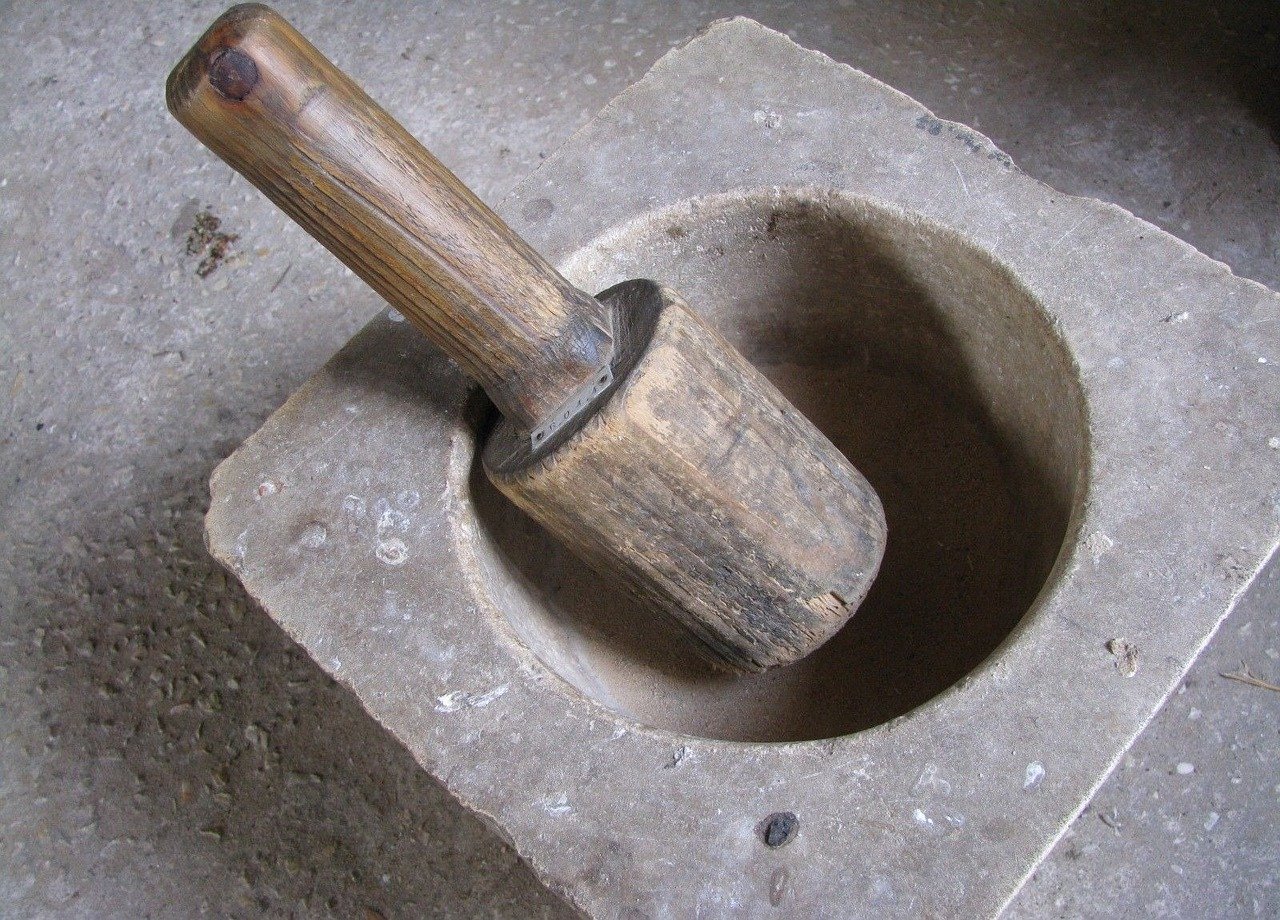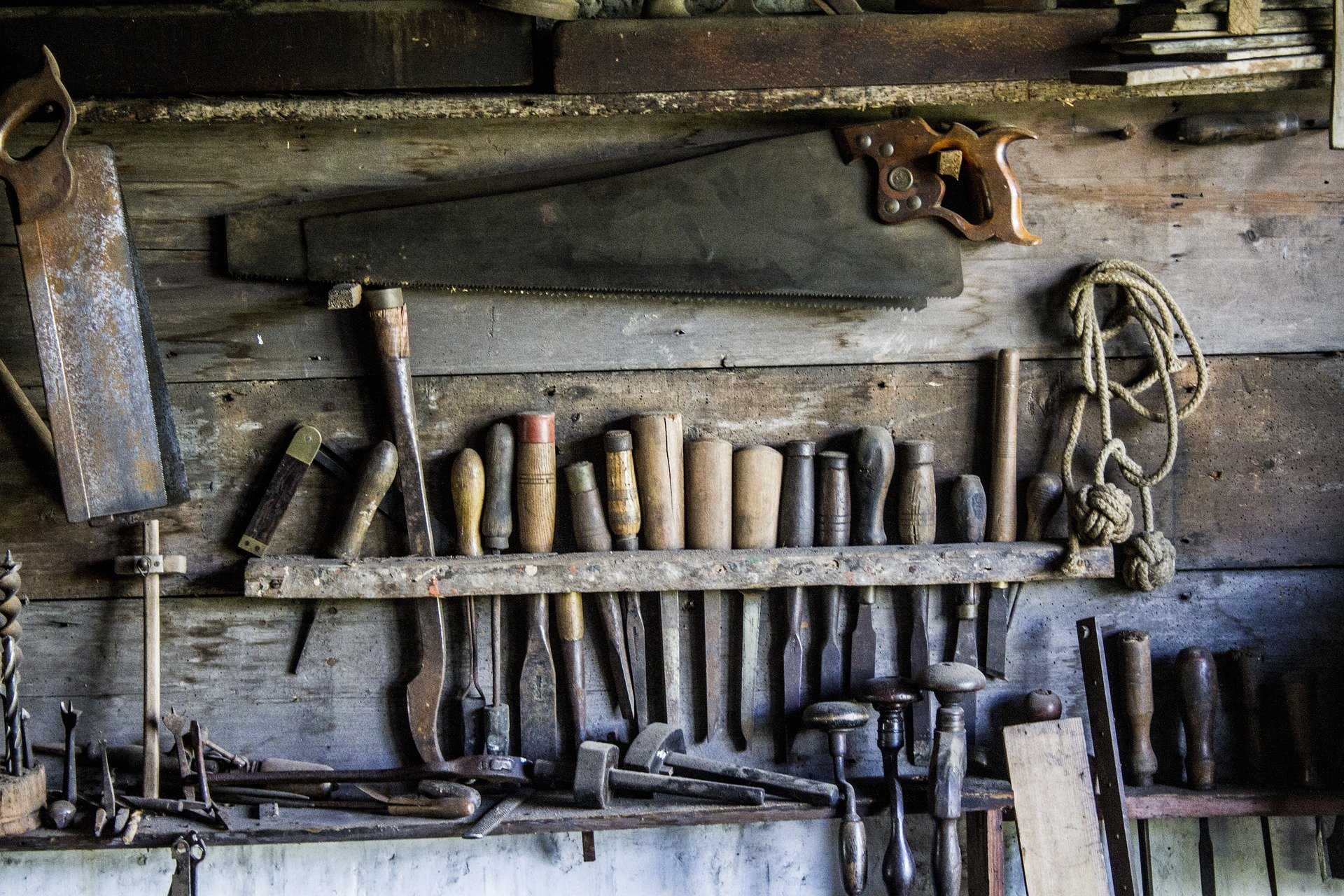Technology in Early Years
20.04.2020

Technology has become integrated in our everyday lives. From a young age, our children will learn to use technology and it will become a part of our learning. But this doesn’t necessarily have to mean screen time using a phone or tablet. When we reflect on how technology has evolved we can connect with the creative ways people used it in the past. Let’s celebrate this history and use it as an opportunity to learn and play with our children!
The Grindstone
10,000 years ago people in Egypt and Syria started to make flour by rubbing grass seeds between 2 heavy flat stones. People refined this using larger stones and wind/water power. This meant that people could stop hunting for all their food as they could make some of it themselves.
Activity:
You can imitate this technology by using some berries and a spoon! Take some old berries that aren’t fresh anymore and put them in a wee bowl next to a piece of paper. Using your spoon you can smoosh the berries in the bowl and encourage your child to do the same or use their hands instead. You can use the berries to paint on the piece of paper with your fingers or other mark makers. This is a great multi sensory experience for your child! Or use a mortar and pestle to grind down some dirt, chalk, herbs, cinnamon sticks.
Pottery
No one really knows who invented pottery, but many different people have been using it for thousands of years to store food. It was first just dried in the sun and then people started to use fire to make it stronger. The first pottery was used to store food for the winter and this helped people survive in the winter or dry season.

Activity:
Collect some jars and containers you have around your setting with different lids. They could be ceramic but glass and plastic will also do! Fill the containers with different exciting objects and encourage your child to explore what’s inside. Once you have your objects out of the jars, see what stories you could tell about them. Maybe if you used food items, you could make a marvelous meal for the faeries in the garden! Or get the clay and playdoh out. Create lots of little pottery pieces. Make sure to create decorations and patterns on them too. Perhaps do some internet research on different styles of pottery or styles from different cultures.
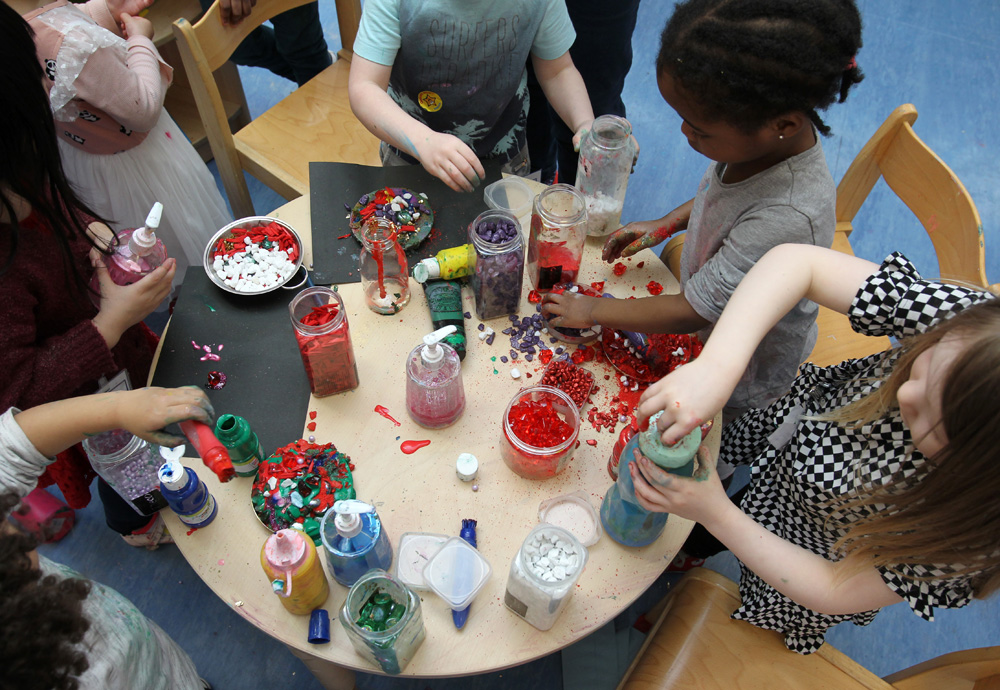
Printing
Stamps and seals where first used in Syria/Iran in 1750BC but the first real printing process was invented by the Chinese in 500AD. They would carve words or pictures on to wood, clay or ivory. The carved block was covered in ink and paper was pressed against it. This meant that books where made easily and were cheap as they used to be handwritten and expensive.
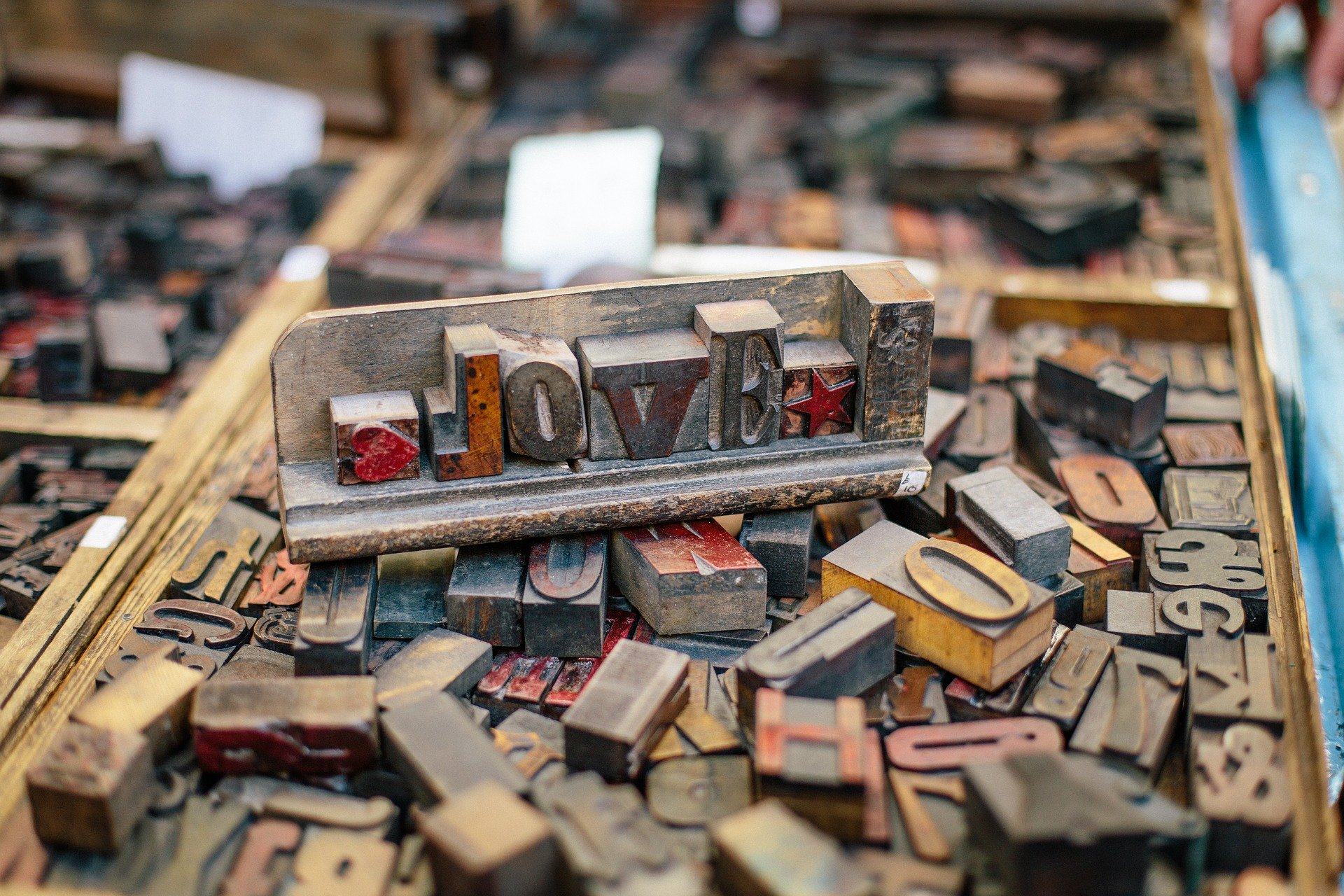
Activity:
Gather some objects that you don’t mind getting paint on that would make interesting marks. Place your objects around some paper to print on. Mix your own paints if you don’t have any handy, you could use hot chocolate or spices and water mixed together. Now see what interesting marks the children can print onto your page with the objects… round, squiggly, wavy, light or heavy? Did you roll your objects over the page? Stamp them? Maybe you used some ribbon and dragged it over!
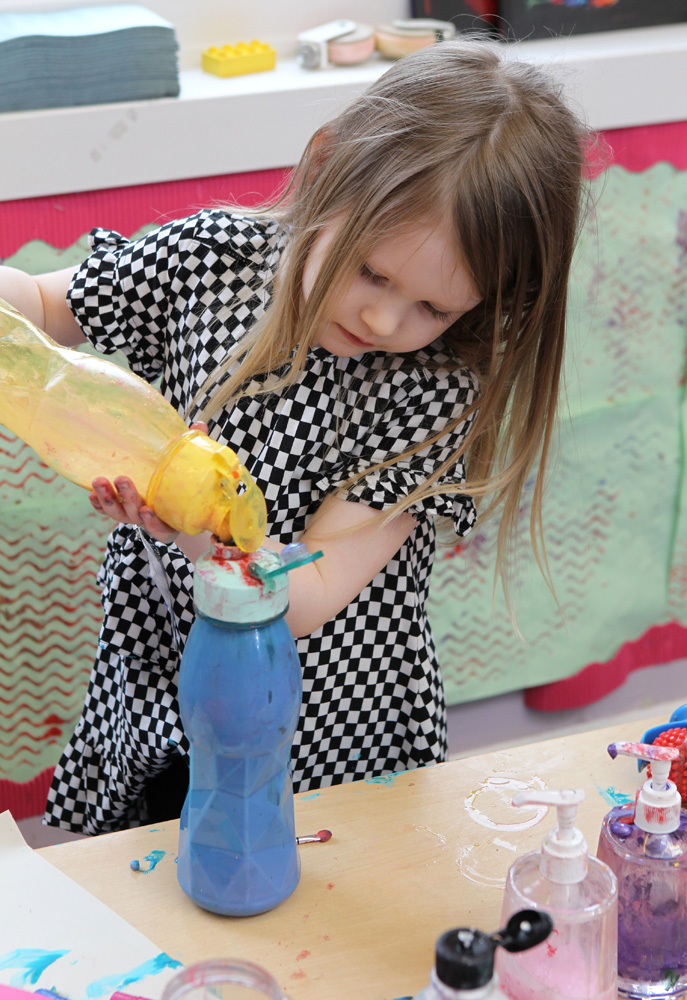
Tools
Two and a half million years ago people in East Africa started to make tools from stone. They would use one stone (hammer) to make another stone sharp (knife). They used the tools to make things and for cutting up food.
Activity:
What tools do you use every day? It’s incredible to think we are still using the same tools as people did 2.5 million years ago!
As we know real tools in nursery are brilliant and very valuable and beneficial. However it’s really important that we adults have proper training to use the tools ourselves. Look at Pete Moorhouse’s website for a wealth of ideas and top tips for safe use of tools.

You can also look on this as great opportunity to use dramatic play with your children! You could set up a ‘workshop’ and ask, what do they want to build? If you have any cardboard boxes around this could be a chance to reuse them. Maybe they want to build a spaceship to go to an alien planet or a boat to sail to a secret island… Your imagination and a few ‘tools’ to build with could take you anywhere. It’s important to remember that children’s imagination is much freer than yours they will use lots of objects to become something else.
